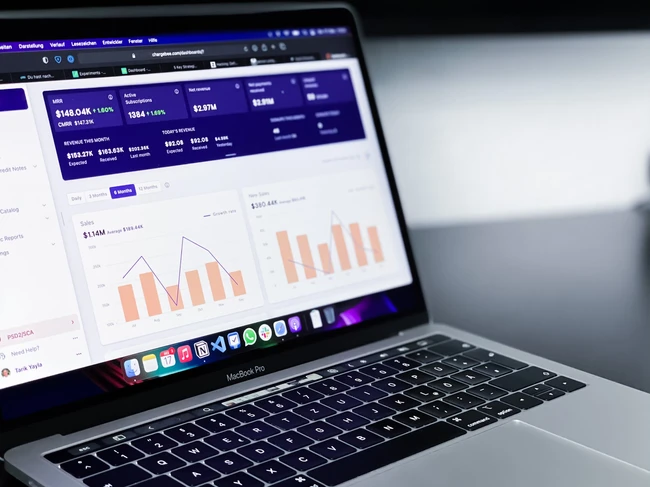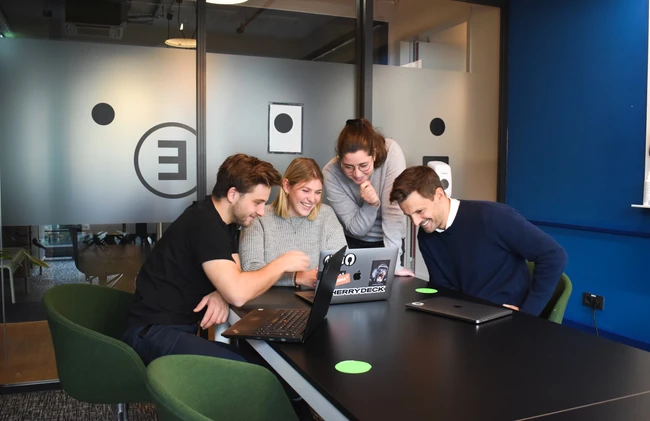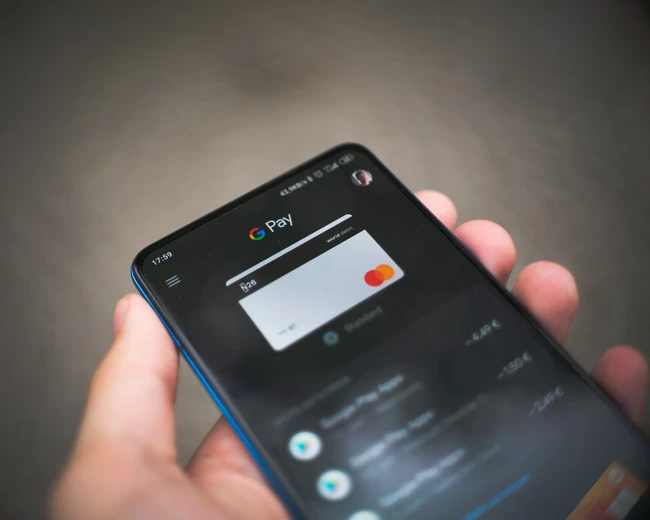User Research Services
Insightful User Research Services
Flatirons provides comprehensive user research services to help businesses understand their users better and make data-driven decisions.
Request a Free Estimate
Fill out the form below to schedule a call.
Our User Research Services

User Research Analysis
Our user research services provide in-depth analysis to help you understand user behavior, needs, and preferences for informed decision-making.

Usability Testing
Through usability testing, we evaluate the effectiveness of your software and identify areas for improvement to enhance user experience.

Persona Development
Our persona development services create detailed user profiles to guide product design and development based on user needs and preferences.

User Journey Mapping
User journey mapping visually illustrates the user experience, helping identify pain points and opportunities for enhancing user interaction.

Heatmap Analysis
By analyzing heatmaps, we gain insights into user behavior and engagement patterns on your software, optimizing layouts and content placement.

User Feedback Surveys
We conduct user feedback surveys to gather valuable insights and feedback directly from users for iterative software enhancements.
Our record speaks for itself.
Types of Research We Conduct

User Feedback Tracker
Track and manage feedback from user research sessions to improve software development processes and user experiences.

Usability Testing Simulator
Simulate usability testing scenarios to evaluate software designs and enhance user interaction.

Persona Creator Tool
Create detailed user personas based on user research data to guide software development decision-making.

Feedback Analysis Dashboard
Visualize and analyze user feedback data collected during user research sessions for actionable insights.

User Journey Mapper
Map out user journeys based on research findings to optimize software interfaces and workflows.

Interactive Prototype Tool
Create interactive prototypes based on user research feedback to refine software designs pre-development.

User Interviews Scheduler
Schedule and manage user interview sessions efficiently to gather insights for software enhancement.

UX Survey Platform
Administer and analyze UX surveys to collect valuable user insights for software usability improvements.
The reviews are in.
Our Process for User Research Projects

01
Scoping
We have detailed discussions to understand your requirements, objectives, and challenges.
02
Proposal
We provide you with a proposal that outlines scope, timelines, required resources, and costs.
03
Contract
A contract formalizes our relationship and commitment to delivering the agreed-upon services.
04
Execution
We kick off the project by dedicating our resources to design and implement the software solution.A trusted partner for your business.

Our company is growing, and as we started looking to scale, we wanted a more efficient business model. We hired Flatirons Development to build a platform that would help connect talent with the right company.
Brian Bar
Founder and CEO

They deconstructed our idea and provided it back to us in an incredibly smart and accessible manner. Flatirons Development is constantly solving problems in both a visually stunning and intelligent way.
Storey Jones
Founder and CEO

With the help of Flatirons Development, we were able to launch a large update to our platform, introducing new innovative tools for our clients. The information was complex but Flatirons found creative ways to present it, making it feel simple and easy to understand.
Jeremy Zaborowski
Co-Founder & CTO

Flatiron's work optimized site design and flow. The creative lead at Flatirons demonstrated exceptional UX know-how, integrating usability and design to deliver a powerful product. The client came out of the engagement with a wider understanding of the most important platform features.
Heidi Hildebrandt
Director of Product

Our company is growing, and as we started looking to scale, we wanted a more efficient business model. We hired Flatirons Development to build a platform that would help connect talent with the right company.
Brian Bar
Founder and CEO

They deconstructed our idea and provided it back to us in an incredibly smart and accessible manner. Flatirons Development is constantly solving problems in both a visually stunning and intelligent way.
Storey Jones
Founder and CEO

With the help of Flatirons Development, we were able to launch a large update to our platform, introducing new innovative tools for our clients. The information was complex but Flatirons found creative ways to present it, making it feel simple and easy to understand.
Jeremy Zaborowski
Co-Founder & CTO

Flatiron's work optimized site design and flow. The creative lead at Flatirons demonstrated exceptional UX know-how, integrating usability and design to deliver a powerful product. The client came out of the engagement with a wider understanding of the most important platform features.
Heidi Hildebrandt
Director of Product

Our company is growing, and as we started looking to scale, we wanted a more efficient business model. We hired Flatirons Development to build a platform that would help connect talent with the right company.
Brian Bar
Founder and CEO

They deconstructed our idea and provided it back to us in an incredibly smart and accessible manner. Flatirons Development is constantly solving problems in both a visually stunning and intelligent way.
Storey Jones
Founder and CEO

With the help of Flatirons Development, we were able to launch a large update to our platform, introducing new innovative tools for our clients. The information was complex but Flatirons found creative ways to present it, making it feel simple and easy to understand.
Jeremy Zaborowski
Co-Founder & CTO

Flatiron's work optimized site design and flow. The creative lead at Flatirons demonstrated exceptional UX know-how, integrating usability and design to deliver a powerful product. The client came out of the engagement with a wider understanding of the most important platform features.
Heidi Hildebrandt
Director of Product
Cutting-Edge Research Tools

User Research
User research involves understanding user behaviors, needs, and motivations through various qualitative and quantitative methods to inform design decisions.
Usability Testing
Usability testing helps evaluate a product with real users to identify usability issues and gather insights to improve overall user experience.
Prototyping Tools
Prototyping tools like Figma and Sketch are essential for creating interactive prototypes to visualize and test design concepts before implementation.
Feedback Collection
Collecting feedback through surveys, interviews, and user testing sessions is crucial for understanding user preferences and iterating on product designs.People talk about us.
Our User Research Engagement Models














The top 1% of design & engineering talent.
Why Choose Flatirons for User Research?

Data-Driven Decision Making

Enhanced User Experience

Optimized Product Performance

Competitive Advantage

Tailored Solutions

Continuous Improvement
Benefits of User Research Services
Learn about the significant advantages of integrating user research services into your product development and design processes.

Improved User Satisfaction
User research services help in understanding your target audience better, leading to products and services that cater to their needs, resulting in improved user satisfaction.
Data-Driven Decision Making
By leveraging user research services, businesses can make informed decisions based on data and insights gathered from user behavior and preferences.
Optimized User Experience
User research helps in identifying pain points and preferences of users, allowing for the creation of user-friendly interfaces and experiences.
Increased Conversion Rates
Understanding user behavior through research leads to optimized strategies that can increase conversion rates by tailoring solutions to user needs and expectations.
Competitive Advantage
Employing user research services allows businesses to stay ahead of the competition by creating products and services that resonate with users and address their pain points effectively.
Enhanced Product Development
User research provides valuable insights that can guide product development processes, resulting in products that align closely with user needs and preferences.
Stronger Brand Loyalty
A deep understanding of users gained through research helps in building products and services that foster stronger brand loyalty and customer retention.
Cost-Effective Solutions
User research enables businesses to develop solutions that are tailored to user needs, minimizing the need for costly revisions and rework in the later stages of development.FAQs about User Research Services
Get answers to common questions about user research services and how they can benefit your business.




